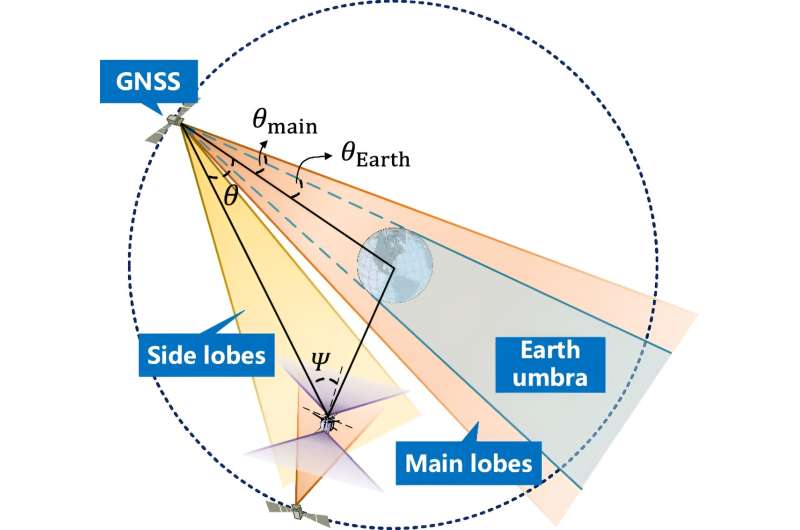This study introduces an adaptive algorithm that significantly enhances accuracy for spacecraft navigating the challenging Earth–moon space using GNSS signals. Simulation results reveal remarkable improvements in navigation precision, with position and velocity accuracies improving to less than 50 meters and 0.2 m/s near the moon, respectively.
By utilizing the Carrier-to-Noise ratio (C/N0) and innovation vectors, the algorithm effectively mitigates GNSS signal degradation. The integration of GNSS with INS and star trackers compensates for dynamic model instabilities, ensuring highly reliable and precise navigation.
This breakthrough marks a significant advancement in autonomous navigation, crucial for the success of future lunar and deep space missions.
Dr. Tianhe Xu, a prominent space science researcher, states, "Integrating GNSS, INS, and star trackers marks a significant advancement in autonomous space navigation. This approach not only enhances precision but also fortifies the robustness of spacecraft operations in deep space, heralding new possibilities for future interstellar missions."
This technology could transform space travel, providing more dependable and precise navigation methods for lunar and interstellar missions. With the potential to support forthcoming lunar projects and deep space explorations, this technology offers robust autonomous navigation capabilities tailored to meet the unique challenges of space environments.
More information: Dixing Wang et al, Navigation performance analysis of Earth–Moon spacecraft using GNSS, INS, and star tracker, Satellite Navigation (2024). DOI: 10.1186/s43020-024-00140-x
Provided by TranSpread



